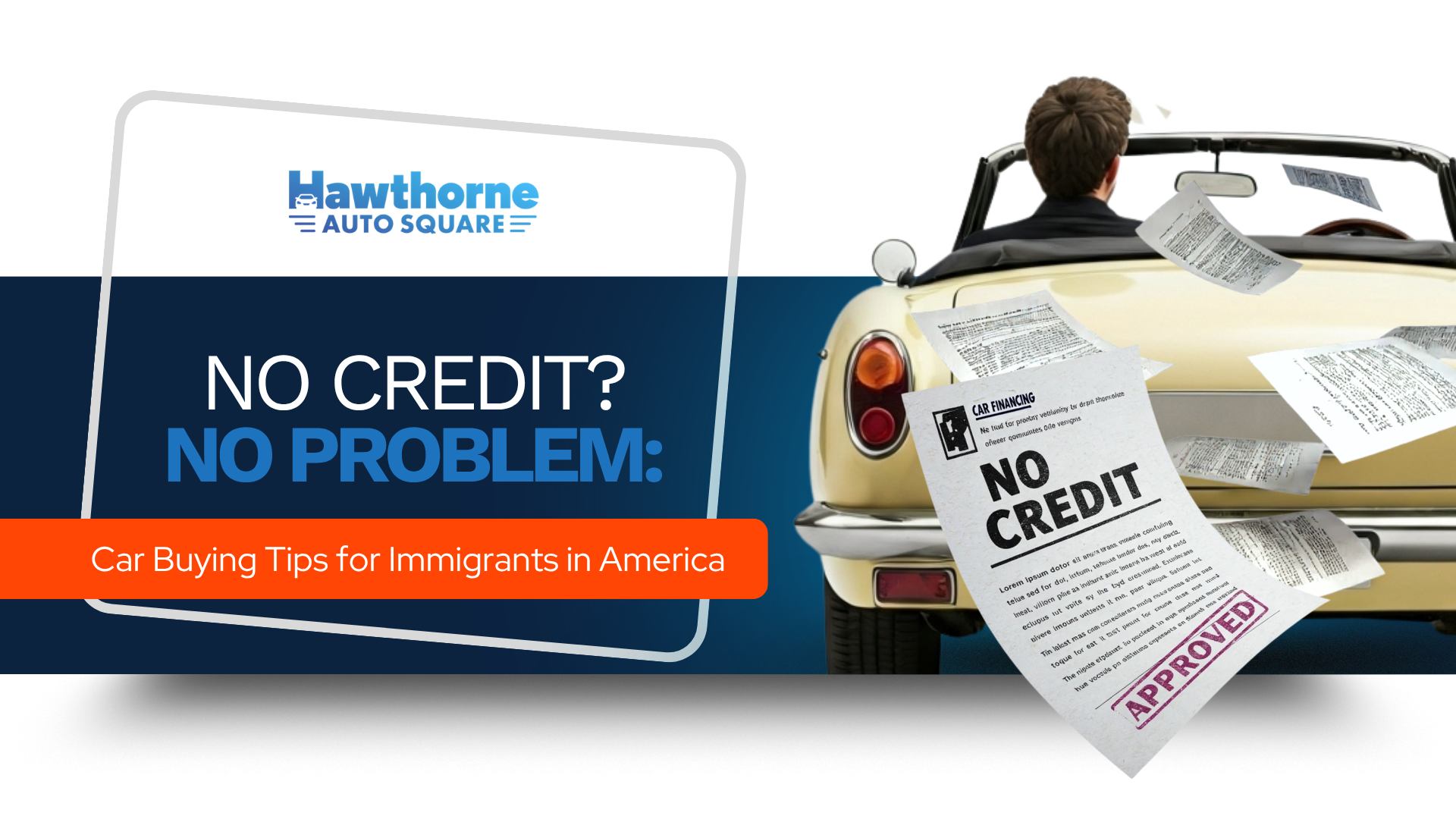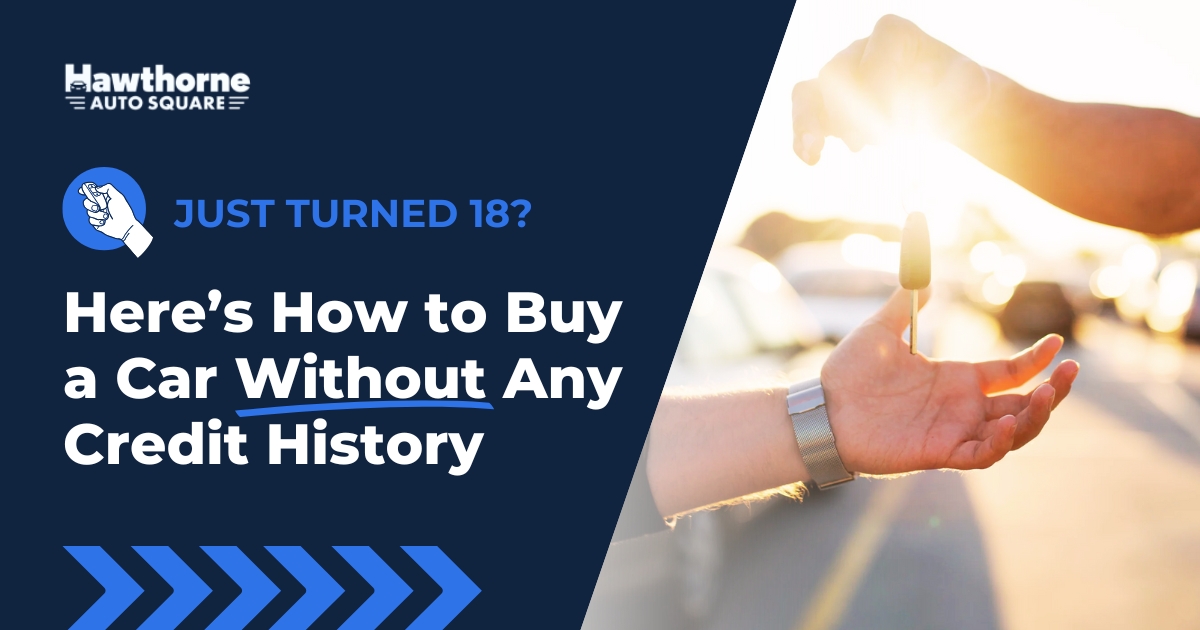
- SALES : (866) 707-7664
- PAYMENTS : (866) 902-7955
- 11646 PRAIRIE AVE, HAWTHORNE, CA 90250
- MON - SAT 8AM - 8PM | SUN 10AM - 6PM
- SALES : (866) 707-7664
- PAYMENTS : (866) 902-7955
- 11646 PRAIRIE AVE, HAWTHORNE, CA 90250
- MON - SAT 8AM - 8PM | SUN 10AM - 6PM
The Ultimate Checklist for Buying Used Cars

Cars lose a lot of value in their first few years, so purchasing a used car is a good idea in many cases. When buying a used car for the first time, it’s easy to become overwhelmed. How do you know it’s a good deal? How do you avoid a lemon? We’ve put together a used car buying checklist to give you an idea of where to start.
Pre-Purchase Research: Laying the Groundwork
There’s a lot you can do before stepping foot on the car lot. One of the biggest tips for buying a used car is to research the best type of car for your needs and expectations. Carfax offers helpful resources and reviews, and the Kelley BlueBook is a good source for pricing information. Know your budget and learn about the different types of financing and payment plans. Pre-approved financing from a bank or credit union can help set a target price.
Deciding who to buy from is also important. Used cars can be purchased from dealers like Hawthorne Auto Square or private sellers. You may get a lower price from an individual selling their old model. However, many dealerships have certified pre-owned cars, including late-model and off-lease vehicles. They are inspected, repaired, and refurbished. You’re likely to get a used car warranty as well.
The Inspection: What To Look For
When getting a used car, an inspection is necessary. If you’re wondering what to look for when buying a used car, the following are some of the most important systems to check:
- Exterior parts, including panels, doors, fenders, the windshield, and paint
- Tires are inflated and free of cuts, bubbles, or cracks
- Engine and suspension quality, response, and whether there are odors or leaks
- Transmission response, gear shifting, and clean fluid
- Steering is straight ahead, noise-free, and there’s no resistance when turning
- The vehicle doesn’t swerve, and the pedal/steering wheel doesn’t shake during braking
- All interior components are free of wear, damage, and operational issues
When going to a used car dealer, take a paper and pen to record important information, a flashlight to check for corrosion/leaks, power towels for checking engine oil, and a small magnet to see if any bodywork has been covered up.
All service and repair records should be readily available. If any accessories were installed, they should provide the manufacturer’s user instructions. Also, make sure you receive the car manual (typically found in the glove box).
The Test Drive: Put It Through Its Paces
Test drives can quickly identify common used car problems. Take the car out for a spin to check that everything works as it should, and get a feel for how it accelerates, brakes, and corners. During your test drive, you should also try the power windows, air conditioning, radio, and other features.
Vehicle History: Uncovering the Past
Along with a Carfax report, you can use the Vehicle Identification Number (VIN) to look up the car’s history online. A vehicle history report tells you whether the car has been in an accident, its ownership history and title status, odometer readings and maintenance details, and whether the car has liens and other crucial information.
Pre-Purchase Inspection: A Second Opinion
Before making any big decisions, get a pre-purchase inspection done independently of the seller or dealership, preferably by a certified mechanic. If the vehicle has been in any accidents, a body shop can tell you if it’s structurally safe to take on the road.
Negotiating the Price: Get the Best Deal
You’ve done your research before arriving at the lot, and now it’s time for used car negotiation. Often, sellers ask for a price higher than the average retail price and trade-in value of a vehicle. However, if you’re knowledgeable about the prices of similar cars in your area, you may be able to bargain them down.
Before agreeing to pay a dealership’s asking price, speak with the salesperson about whether they can add features or extended warranty coverage. Private sellers usually advertise a higher price but end up accepting the seller’s best price. Start low when negotiating (about 10% to 15% lower than the asking price), but not too low as to alienate the seller or salesperson.
Financing & Insurance: Sealing the Deal
Used car financing and insurance are the last steps in finalizing an agreement with a seller. To drive the car off the lot, you’ll need to add the car to your insurance policy (full coverage is recommended, with comprehensive, collision, and liability).
You’ll also need to arrange payments. For a private sale, you’ll likely have to pay the full amount up front. If it’s a used car dealership purchase, there may be in-house financing available. Most people provide a down payment to ensure the monthly payments are affordable. Then, the dealership provides you with a schedule so you can make regular payments with interest until you own the car outright.
Paperwork: Dotting the I’s & Crossing the T’s
Read the bill and every document received before signing. Key details to consider include a clear title (any car loan is paid off) that verifies the seller is the legal owner. Make sure they sign the title and all required information, such as mileage, is noted. Registration is usually handled by the dealership, but if you buy a used car privately, your state’s motor vehicle facility can manage registration and licensing.
Common Mistakes To Avoid
Common mistakes to avoid when buying a used car include:
Not doing research beforehand
- Skipping the test drive
- Buying without a secondary inspection
- Buying an extended warranty if the car still has the manufacturer’s warranty
- Rushing your decision or buying under pressure
- Only looking at one dealership
- Forgetting about insurance costs when creating your budget
- Buying outside of your budget
Red Flags: When To Walk Away
Some red flags to watch out for when buying a used car include:
- Tacked on fees or suspicious markups
- Prices that are too good to be true
- Automotive recalls, which could indicate safety issues
- Confusing or misleading window stickers
- A missing title, as they won’t have the legal right to sell the car
- Rust or a messy interior that could indicate flood damage
- High-pressure sales tactics or anything that gives you a bad gut feeling
Call Hawthorne Auto Today
If you’re in the market for a used car in California, come to Hawthorne Auto Square or check out our listings of certified pre-owned cars online. We can help every step of the way, from trading in your old vehicle to finding and evaluating the best pre-owned vehicle in our inventory for you. Get pre-approved in minutes. We offer easy financing options as well. Visit our store or contact us at (866) 707-7664 for help from our knowledgeable sales team.
Frequently Asked Questions
What paperwork do I need to complete when buying a used car?
You’ll need a valid driver’s license, the car’s title and registration, your trade-in (if applicable), a bill of sale, proof of insurance and residency, and documentation — such as bank information — for financing purposes.
What are my options for financing a used car?
Choose to pay in cash or opt for a loan with a fixed or variable interest rate.
How can I get pre-approved for a used car loan?
If you purchase a used car through Hawthorne Auto Square, you can get pre-approved instantly by filling out our online form. We’ll tell you the loan amount, the annual percentage rate (APR), and the monthly payments you’re approved for so you can arrive at the dealership with confidence.
Latest News


Why Should I Buy a Used Toyota Camry?

Bankruptcy and Car Ownership: How BHPH Can Help


Used Car Price Trends for 2025: What Buyers & Sellers Need To Know
Get approved
It only takes a few minutes and won’t affect your credit.
- Pre-Inspected Cars
- Clean Title
- Under Warranty
Latest Videos
What Do I Need To Buy A Car - Hawthorne Auto Square
Second Chance for a New Car - Hawthorne Auto Square
Pre Approved Auto Lone – Hawthorne Auto Square
- SALES : (866) 707-7664
- PAYMENTS : (866) 902-7955
- 11646 PRAIRIE AVE, HAWTHORNE, CA 90250
- MON - SAT 8AM - 8PM | SUN 10AM - 6PM
© 2025 Hawthorne Auto Square. All Rights Reserved. Website Designed by: Ad Leverage | Privacy Policy | Terms of Service | Manage Cookies | DSAR |License #91864
© 2025 Hawthorne Auto Square. All Rights Reserved. Website Designed by:
Ad Leverage | Privacy Policy | Terms of Service
License #91864

